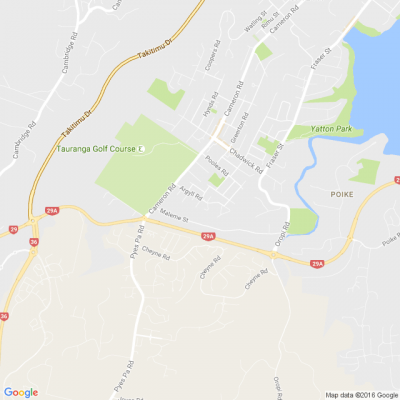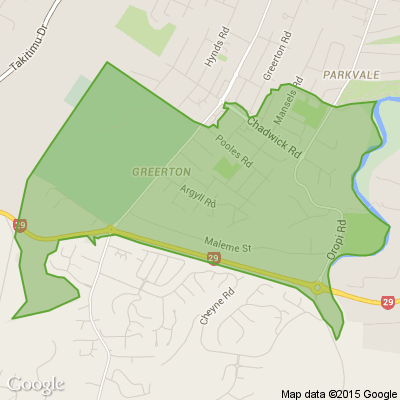Real Estate in Alert Level 3
Real estate in Alert Level 3 is still reasonably restrictive but the guidelines supplied by the REA (Real Estate Authority) to conduct real estate are for the safety of everyone.
You can chat with me anytime about anything real estate - 0274 951 536. Stay safe
REA Guidelines for Alert Level 3
Private viewings by buyers or potential buyers are permitted under alert level 3, with the written consent of the vendor and provided all health requirements are met
Only two visits or viewings of each home for sale per day are permitted and must meet all health requirements
Customers, clients or other members of the public cannot enter real estate offices
Visits to properties by professionals to support the real estate transaction process and to complete pre-sale conditions are permitted provided all health requirements are strictly met
Buyers may undertake pre-settlement inspections and may relocate their home
Buyers agents may undertake pre-settlement inspections for their clients
Appraisals may be completed provided all health requirements are met
Service providers may attend a property provided health requirements are met
All properties should have a NZ COVID Tracer app QR code throughout the sales process
Health requirements include:
Mask wearing is required for anyone aged 12 years and over when entering any property
NZ COVID Tracer app QR codes must be displayed in a prominent place at real estate offices and any property for sale
Contact records must also be collected for every visit at a property
Systems and processes must be in place to ensure compliance with physical distancing
Infringement offences apply for breach of public health order requirements
Restrictions on travelling between alert level areas apply
Health requirements at alert level 3
Real estate agents must:
Work from home during level 3 unless it is impossible to do so. Work in the office may only occur in limited circumstances in line with health guidelines
Customers, clients and members of the public must not enter real estate offices
Ensure face coverings or masks are worn by all people over the age of 12 during visits at properties. You can find guidance about face coverings on the COVID-19 website
Ensure there is no personal contact with customers or clients
Maintain 2-metre physical distancing and ensure there are systems and processes in place to ensure compliance with this requirement
Not visit a property if the occupants are unwell, are self-isolating or have been in contact with a confirmed case of COVID-19 within the last 14 days
Not visit a property if you or anyone you have been in contact with are unwell, are self-isolating or have been in contact with a confirmed case of COVID-19 within the last 14 days
Minimise time at a property
Maintain physical distancing by minimising personal contact with all people outside your extended bubble including colleagues, clients and potential buyers
Work with all vendors to ensure there are no more than two visits or viewings at a property per day, with no more than two people present at the visit or viewing
Ensure that a NZ COVID Tracer app QR code is prominently displayed at the property
Ensure that systems and processes are in place to enable contact tracing records to be kept of all people entering the property while it is for sale
Ensure visitors to a property scan the QR code and/or provide contact details
Ensure visits are contactless and cleaning of surfaces is undertaken after each visit to the property
Visits and viewings may only be conducted if all of the health requirements are met
Minimise travel between regions.
If a virtual appraisal isn't possible, real estate agents who can comply with the above health requirements may visit a property to conduct an appraisal if the vendor and any tenants agree.
All discussions about marketing plans, disclosures and how the listing will progress must be by phone or video call to minimise personal contact.
Neighbourhood Challenge: Who Can Crack This One? ⛓️💥❔
What has a head but no brain?
Do you think you know the answer? Simply 'Like' this post if you know the answer and the big reveal will be posted in the comments at 2pm on the day!
Want to stop seeing these in your newsfeed?
Head here and hover on the Following button on the top right of the page (and it will show Unfollow) and then click it. If it is giving you the option to Follow, then you've successfully unfollowed the Riddles page.

Scam Alert: Fake information regarding December Bonuses from MSD
The Ministry of Social Development is reporting that fake information is circulating about new ‘December bonuses’ or ‘benefit increases’
If you get suspicious communication, please contact Netsafe.

Poll: Are Kiwis allergic to “exuberance”? 🥝
In The Post’s opinion piece on the developments set to open across Aotearoa in 2026, John Coop suggests that, as a nation, we’re “allergic to exuberance.”
We want to know: Are we really allergic to showing our excitement?
Is it time to lean into a more optimistic view of the place we call home? As big projects take shape and new opportunities emerge, perhaps it’s worth asking whether a little more confidence (and enthusiasm!) could do us some good.

-
40.4% Yes
-
33.9% Maybe?
-
25.7% No






 Loading…
Loading…








